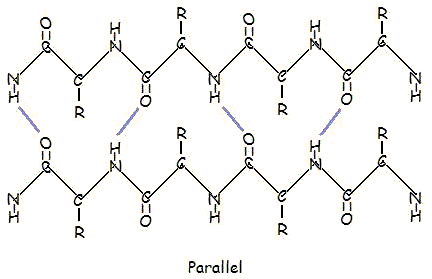- Messages
- 722
- Reaction score
- 6,880
- Points
- 503
Q6 part ai) there are 6 possible combinations in which the tripeptides can be made ....which is (gly-ser-val ),(gly-val-ser) ,(val-ser-gly),(val-gly ser),(ser-val -gly ) and (ser-gly -val)Hey!
Could someone kindly show and explain me the mathematical way for doing the following questions:
Q6(ai) - Oct/Nov 2013, Paper 41 (Ans: 6)
Q6(ei) - Oct/Nov 2013, Paper 43 (Ans: 6)
Q9(di) - Oct/Nov 2010, Paper 43 (Ans: 4x4x4=64)
Q6 part eii) this one is also similar to the one i have showed above .....i bet u do this and get it right ....
Q9 part Di)there are four bases which is A C G and U in the mRNA strand ...therefore u have to do 4^3 (where 4 denotes the number of bases present and "3" stands fr the triplet)

